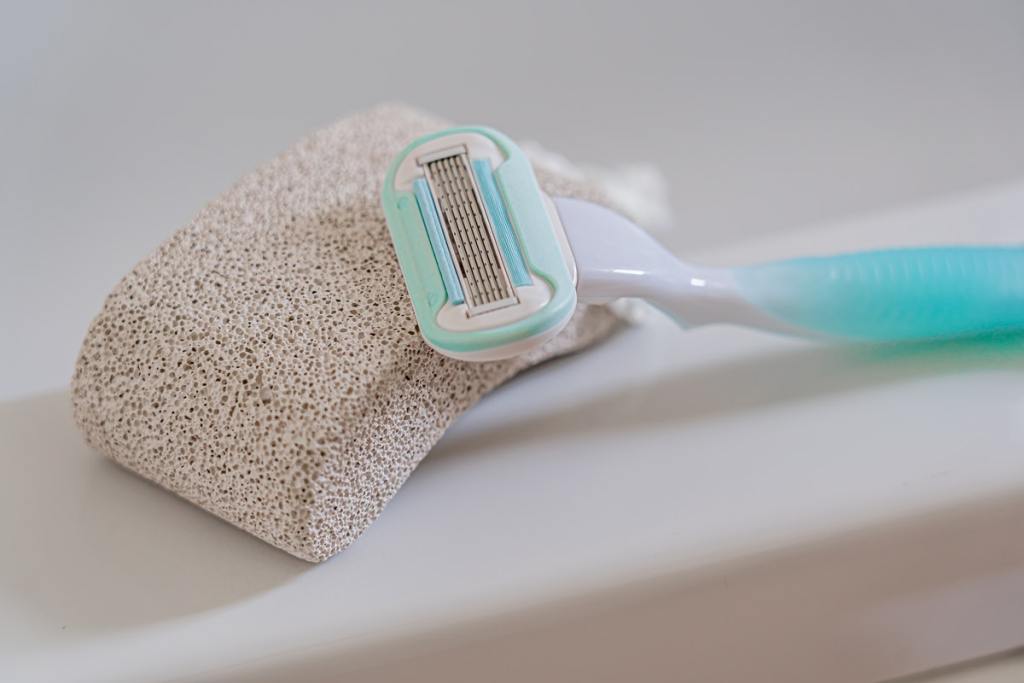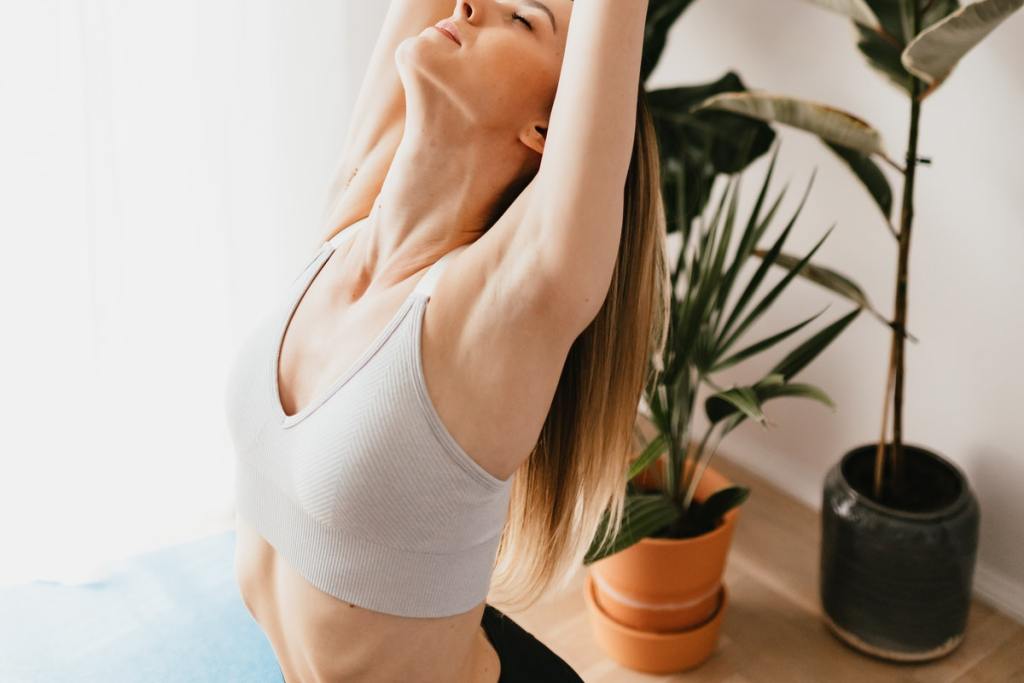There is nothing like raising your arm and noticing you didn’t do a great job shaving and have red bumps where you expected to see smooth skin. This is especially frustrating if you planned to bare your arms that day in a tank top. It’s happened to all of us, so no judgment here. If you’re tired of having to check before you stretch your arms, then stay with us. With a few easy tips, you can have smooth underarms so you can rock those short sleeves, no stubble spotted.

Why your armpits are bumpy
One of the main culprits of bumpy underarms is sensitive skin. The follicles can become irritated after you shave or apply any skincare products, so some people need to be especially careful about the type of razors and shaving gel they purchase. Along these lines, there’s also a chance you may be allergic to the shaving products or deodorant you use, which can cause rashes and redness.
However, it’s most likely that your armpits are breaking out into bumps because you’re missing an important step in your shaving routine. Let’s break it down.
Your shaving routine
Here’s what you need to do to ensure your armpits are smooth and hair-free:
- First up: check your razor. If it’s dull, it’s not going to do the job. Try to replace your razor head once a week, or about once every seven shaves. If you have coarse hair, you might need to change the blade every five shaves or so. For an even smoother shave, look for razors with a moisture strip and multiple blades like Venus Vera Bradley Women’s Razor. You won’t have to make as many strokes, which means you irritate your skin less.
- Whether you want shave gel or shave cream, the important thing is to not shave dry. Even if your razor has a moisture strip, it’s not going to give you a smooth shave alone. When picking a shaving cream or gel, look at the ingredients to make sure there aren’t any added fragrances, which tend to irritate sensitive skin. We recommend Gillette Satin Care Ultra Sensitive, which is completely free of fragrance and dyes.
- After shaving, treat your pits with TLC. Rinse off any remaining cream and stubble and gently pat dry.
- Unlike the hair on your legs, underarm hair grows in multiple directions so shave up, down, and sideways after you pull the skin taut to create the smoothest surface possible.
- When you shave matters. Many of us make shaving part of our morning routine, but shaving at night is a better choice. It gives that delicate skin time to recover and heal any razor burn. Moisturize afterward, but don’t apply deodorant until morning.

Try exfoliating
Likely, you know the importance of exfoliating your face every few days to get rid of dead skin and expose the fresh, new skin cells underneath. Well, your armpits need that kind of attention as well. By using an exfoliant once or twice a week, you can get rid of any extra dead skin cells, excess oil, and other dirt that can clog your pores and cause ingrown hairs and other bumps.
Don’t have an exfoliator? You can make your own at home with just coffee and coconut oil. If you aren’t in a DIY mood, check out Tree Hut Moroccan Rose Shea Sugar Scrub, which will leave your skin refreshed, smooth, and smelling amazing.
Mistakes to avoid
Don’t over-shave. We know smooth, hairless skin may be the goal, but a little stubble is okay. Your skin needs some time to relax, breathe, and heal in between shaves. If you notice redness or bumps, stay away from the razor for a few days.
Keep an eye on how much deodorant you apply and how well you wash it off. If you’re coating your arms in the product and not thoroughly rinsing it off in the shower, your pores can start to clog up, leading to bumps and even underarm acne.
Waxing, sugaring, and lasering are all super effective methods of hair removal, but they can also be uncomfortable and expensive. Luckily, you can get a smooth, clean shave with a few simple tips, so you can confidently show off your favorite sleeveless tops.
BlissMark provides information regarding health, wellness, and beauty. The information within this article is not intended to be medical advice. Before starting any diet or exercise routine, consult your physician. If you don’t have a primary care physician, the United States Health & Human Services department has a free online tool that can help you locate a clinic in your area. We are not medical professionals, have not verified or vetted any programs, and in no way intend our content to be anything more than informative and inspiring.



